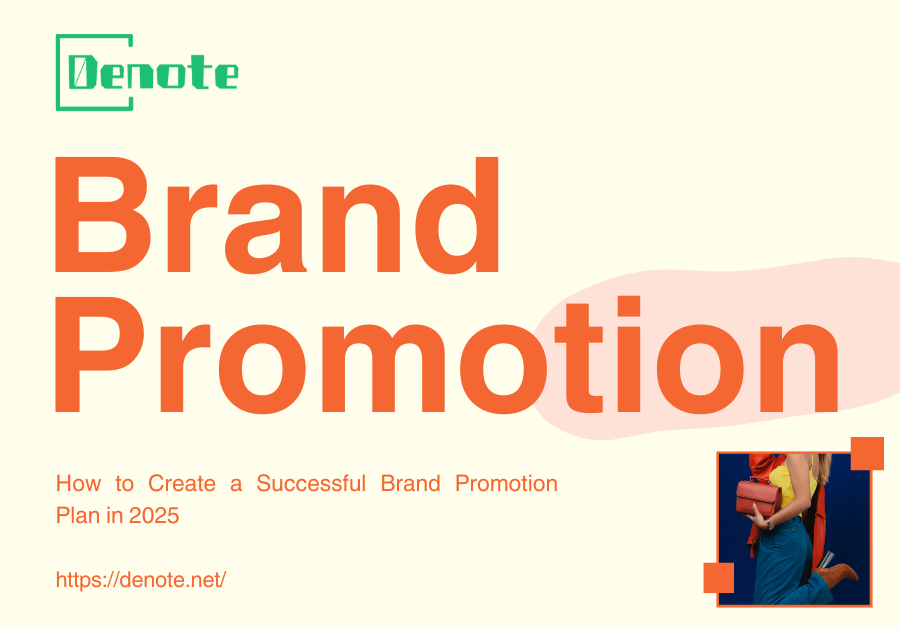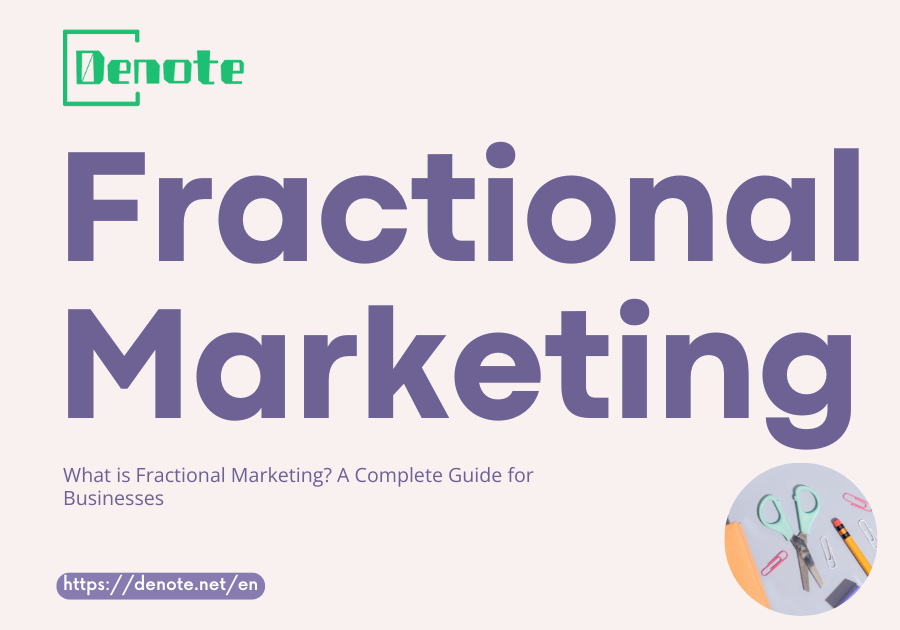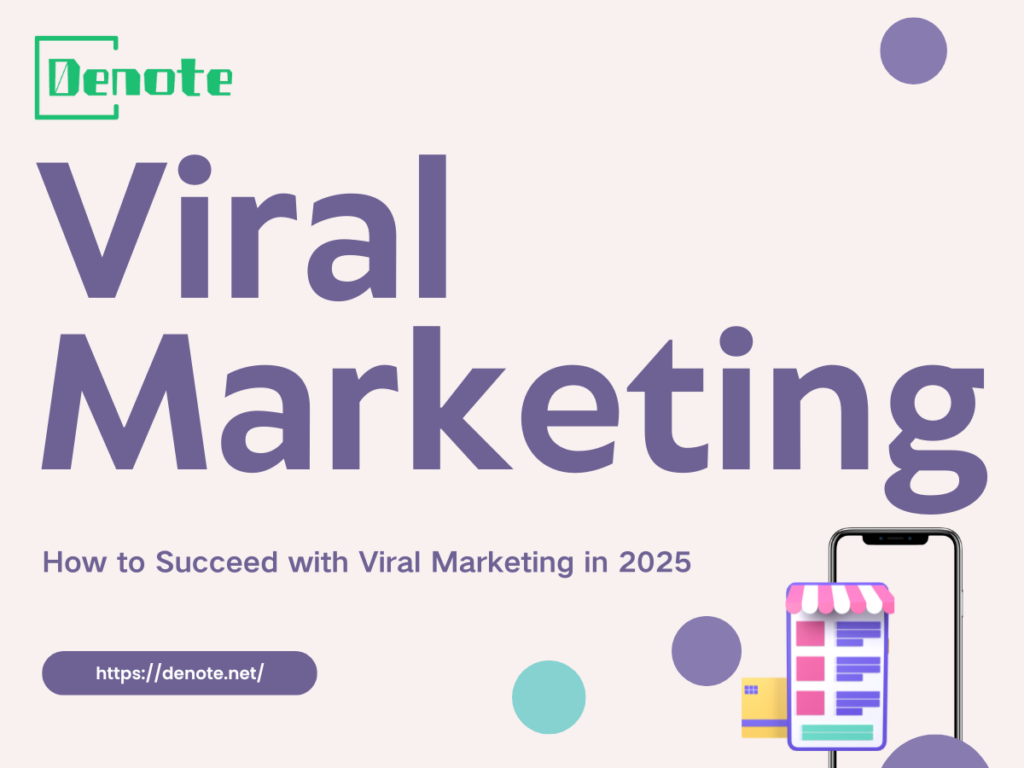Direct Marketing Solutions: Boost Your Business Growth in 2025
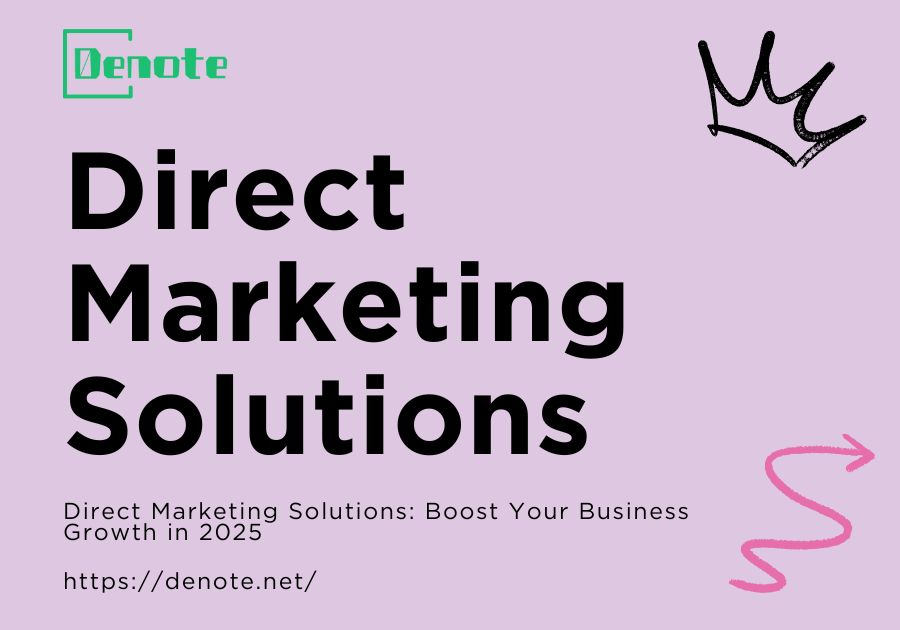
- What Are Direct Marketing Solutions
- Why Direct Marketing Solutions Matter for Businesses
- Types of Direct Marketing Solutions
- How to Choose the Right Direct Marketing Solution
- Best Practices for Successful Direct Marketing Campaigns
- Top Tools for Direct Marketing Solutions
- Future Trends in Direct Marketing Solutions
- Conclusion
What Are Direct Marketing Solutions
Direct marketing solutions are smart and personalized methods used to reach potential customers directly. This means we don't rely on traditional advertising methods like TV commercials or billboards. Instead, these solutions focus on specific groups of people, sending them custom content through ways like email, text messages, direct mail, or social media.
Think of this approach like writing a personal letter, but with much more power and speed in today's digital world. Direct marketing makes sure your messages are not only seen but also create interest, encouraging people to respond and become loyal customers. By targeting the right audience, direct marketing helps build stronger connections and drives successful results.

Why Direct Marketing Solutions Matter for Businesses
Why is everyone, from small businesses to large companies, excited about direct marketing solutions? It's simple: they deliver clear and real results. Traditional marketing can feel like throwing a message out into the air, hoping it reaches the right people. In contrast, direct marketing makes sure that your message goes right into the hands of people who are likely to be interested.
This strategy leads to better customer engagement, stronger brand loyalty, and clear, measurable returns on the money you spend. Whether you are launching a new product or trying to build lasting relationships with your customers, direct marketing solutions play a vital role in driving real business growth.
Direct Marketing vs. Traditional Marketing
Direct marketing is completely different from traditional marketing. Traditional marketing tries to reach a large audience using TV commercials, newspaper ads, or radio spots. These methods can be expensive and difficult to track. In contrast, direct marketing focuses on reaching specific people, personalizing messages, and measuring the effectiveness of the campaigns.
With direct marketing, you can actually see who opened your emails, who clicked on the links, and who decided to buy your product. This approach makes marketing more precise by using real data rather than just guessing. It turns marketing into something more scientific and strategic, and with the right creative touch, it can also become an art form.
The Impact on Customer Engagement and ROI
When done right, direct marketing solutions can feel like a love letter to your customer—personal, thoughtful, and hard to ignore. This tailored communication fosters genuine relationships, increasing customer engagement and loyalty. The impact on ROI is equally impressive: by sending the right message to the right person at the right time, businesses see reduced ad spend wastage and enhanced revenue per customer.
In fact, companies that embrace data-driven direct marketing solutions report up to 20% higher conversion rates compared to non-targeted campaigns.

Types of Direct Marketing Solutions
Direct marketing solutions come in many flavors, each with its own unique power to connect businesses with their audience. Let’s explore the heavy hitters:
Direct Mail Campaigns
Direct mail campaigns are the classic choice in marketing. They've been around for many years and are still effective today, even with so much focus on digital marketing. Physical mail, like letters or postcards, offers something you can feel and touch, making it more personal than what's only seen on a screen. When someone holds a postcard or letter, it feels important and shows thoughtfulness. Whether sending a catalog, a handwritten note, or a coupon, direct mail often cuts through the fatigue people feel from receiving too much digital content and reaches customers directly. It makes a lasting impression on their memory.
Designing Effective Mailers
Creating an effective mailer is all about how it looks and what it communicates. Start with a strong headline that quickly captures attention—think of it as your way to get noticed. Use clear, high-quality images to spark curiosity or emotions. Write in a way that emphasizes the benefits for the reader. Ensure your call-to-action is clear and stands out, whether it’s asking them to scan a QR code, visit a website, or take advantage of a special offer. Personal touches, like including the recipient’s name, adding a handwritten signature, or choosing textured paper, can significantly boost engagement and response.
Best Practices for Mailing Lists
Your mailing list is crucial for any direct mail campaign. A strong list can lead to success, while a weak one can seriously hurt your results. Sending your message to an outdated or incorrect list is ineffective. Focus on keeping your database current by sorting customers based on location, behavior, purchase history, or preferences. This approach allows you to send messages that really matter to your audience, rather than sending a generic message to everyone. Make it a routine to clean your list by removing inactive or incorrect contacts. Using predictive analytics can also help you identify and focus on high-value leads. When your list is accurate and well-organized, it enhances your marketing campaign’s success, offering better returns on your investment and creating more positive experiences for customers.
Email Marketing Solutions
Email remains one of the most cost-effective and versatile direct marketing solutions. With billions of people checking their inboxes daily, it's an opportunity you can't afford to overlook.
Personalized Email Sequences
In email marketing, making your messages personal isn't just a bonus—it's what people now expect. Sending messages that feel generic or impersonal can lead to losing subscribers quickly. On the other hand, messages that are personalized and meaningful can make your brand come across as caring and relatable. Start by addressing each person by their name. But don't just stop there. To make your emails feel truly special, mention things like their previous purchases, how they've interacted on your website, or even where they live. This makes the message seem customized just for them.
Tools such as Denote are available to assist in automating this process. These tools help businesses gather important customer information and create email campaigns that are based on data. This means the content is more likely to connect with each individual personally, making the emails more effective and engaging.
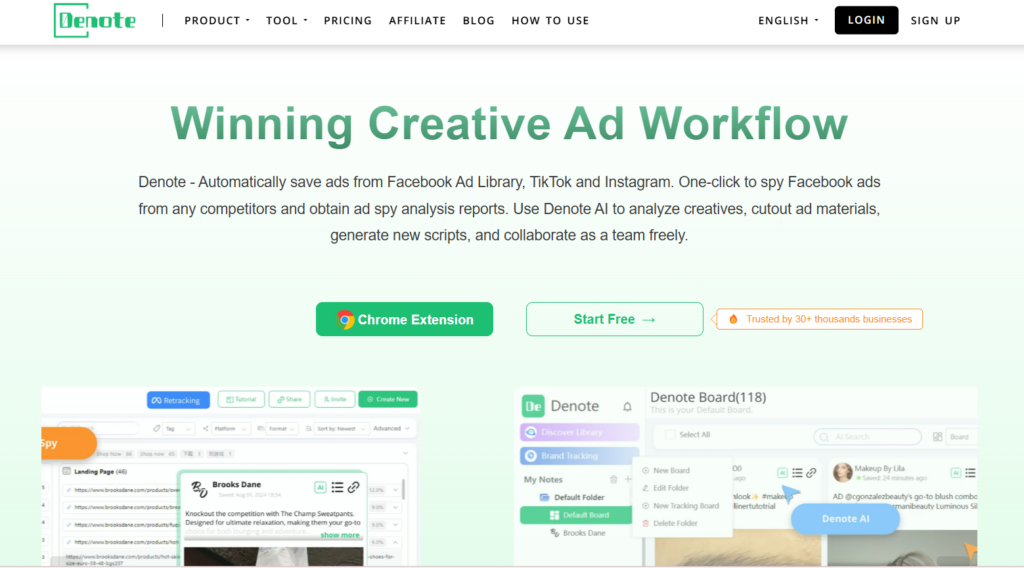
A/B Testing for Email Campaigns
A/B testing is an important tool for improving how effective your email marketing is. It means testing small parts of your emails to find out what works best. You can try different subject lines, preview text, pictures, call-to-action buttons, or even change the time of day you send your emails. Doing this helps you understand what your readers like and respond to. Even small changes can make a big impact over time. See every email campaign as a way to learn and make things better. By continually doing this, your email marketing will keep getting more effective and successful with each campaign you send out.
SMS and Mobile Marketing
When something is important and must be done quickly, SMS marketing is very effective. It is among the fastest and simplest ways to reach people. Most of the time, people have their mobile phones with them, which makes them read SMS messages almost right after they get them. Usually, over 90% of these messages are opened. SMS works well for quick sales promotions, order confirmations, appointment reminders, and last-minute information. These messages are short, straightforward, and encourage immediate action. When you make these messages personal and follow the permission rules, SMS becomes a very effective tool for marketing in real-time.
Social Media Direct Messaging
Social media offers much more than just fun images, viral dances, or staying in touch with friends. It's a powerful tool for businesses to market directly to their audience. Platforms such as Instagram, Facebook, LinkedIn, and even TikTok enable businesses to engage through private messages. By sending carefully crafted and personalized messages, businesses can transform casual followers into dedicated customers by sparking genuine conversations. Direct messages can be used to suggest products, invite people to events, offer exclusive discounts, and provide immediate customer support. This method is personal, quick, and aligns perfectly with today’s focus on relationship-driven marketing.
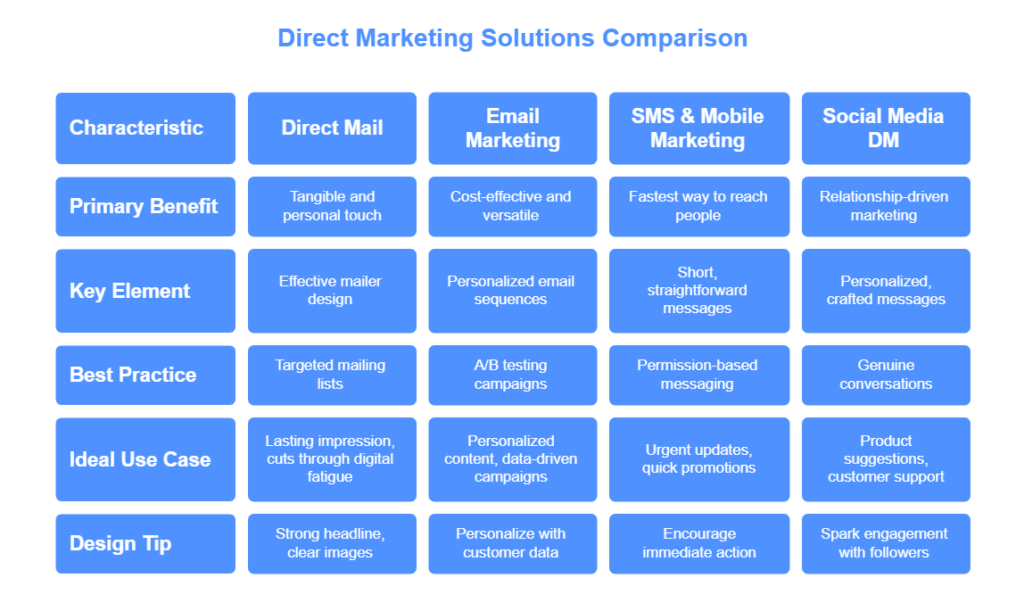
How to Choose the Right Direct Marketing Solution
The world of direct marketing solutions is vast, but not every tool fits every business. Choosing the right strategy is part science, part self-reflection.
Define Your Business Goals
Before you start using any marketing channel, take a moment to think about what you want to achieve. Are you aiming for quick sales, or do you want to build long-lasting relationships with your customers? Maybe your goal is to make more people aware of your brand or to turn potential customers into paying ones. Each of these goals needs a different approach in marketing. For quick actions, such as getting people to visit a website for a special sale, SMS or email marketing might be very effective. If you're more interested in building your brand or increasing customer loyalty, sending direct mail or creating personalized messages on social media could be better. It's important to have clear and measurable goals because they will guide you. They help you pick the right marketing tools and develop the right messages to achieve success.
Understand Your Target Audience
Your audience isn’t just a bunch of people who might buy your products. They’re real individuals with their own daily habits, preferences, problems, and desires. When you understand them better, your marketing will work more effectively. Begin by gathering information like their age, gender, shopping habits, and what they do online, and even find out what makes them happy or stressed. Use this data to group them into categories. For example, new subscribers might appreciate special introductory offers, while loyal customers could enjoy VIP discounts or early access to new products. The more personal and relevant your messages are to them, the more they will pay attention and possibly make a purchase. Direct marketing isn’t about yelling at everyone; it’s about having a conversation with each person.
Selecting Tools and Platforms
Once you have clear goals and understand your audience, it's important to gather the right tools for your work. These tools not only make executing your tasks easier but also enhance your ability to plan, analyze, and optimize your campaigns effectively. For managing email campaigns with personalized sequences and automation, you can use platforms like Mailchimp, HubSpot, or ConvertKit. If you are handling physical mail campaigns, services like PostcardMania or Lob can assist in managing these at a large scale. To centralize customer data and simplify segmentation, CRM systems such as Salesforce or HubSpot can be very helpful. These tools ensure that you can efficiently manage and improve your campaign strategies.
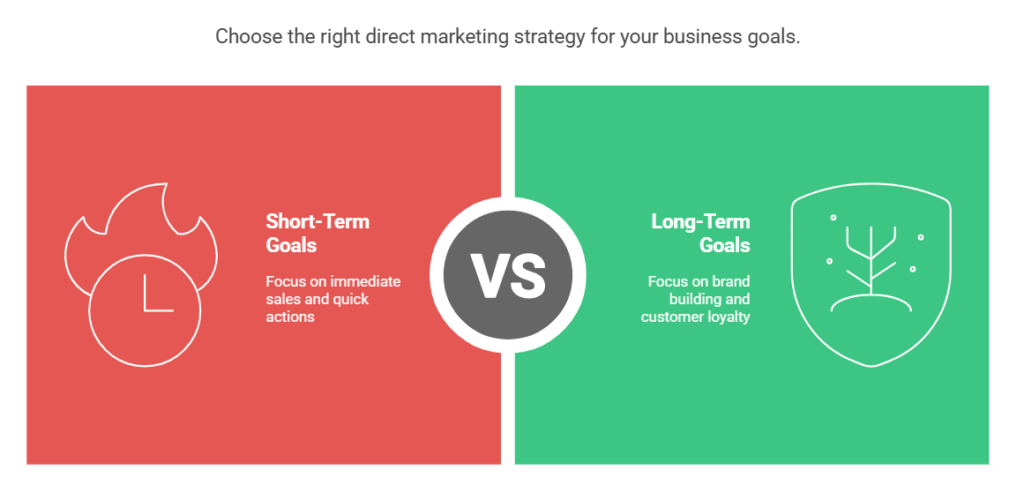
Best Practices for Successful Direct Marketing Campaigns
Direct marketing solutions are only as good as the strategies behind them. Let’s dive into the golden rules of success.
Crafting Compelling Calls-to-Action
A call-to-action (CTA) is very important because it connects people's interest with taking action. For instance, you might ask them to "Shop Now," "Download a Guide," or "Schedule a Call." The CTA needs to be quick to read and easy to understand, while also appealing to emotions. Use strong, clear action words to motivate them and create a sense of urgency, so they act fast. The design of the CTA must be eye-catching to draw attention. In direct marketing, even tiny adjustments to the wording or button placement can significantly increase how many people respond. Small changes can make a big difference!
Data-Driven Decision Making
Guesswork can hinder growth. Successful direct marketing relies on continuous data feedback. This involves tracking how many people open emails and click on links, as well as how many make purchases. It's also important to consider the lifetime value of each customer. By constantly measuring this data, marketers can quickly adjust strategies, experiment with new ideas, and expand on successful approaches. Tools like Denote are valuable because they help organize and store creative content. They also allow teams to connect performance data to specific designs and messages, enabling them to prioritize the content that delivers the best results.
Compliance and Ethical Considerations
In today's world, keeping privacy and trust is really important for good customer relationships. Ethical marketing gives you an edge over others. Make sure that your direct marketing follows worldwide rules like GDPR, CAN-SPAM, and CCPA. When asking for permissions, always use clear and easy language. Stay away from tricks that might fool people, and provide a simple and respectful way for them to opt-out if they want to. A reliable brand earns loyalty over time, and following these rules is key to building that trust.
Top Tools for Direct Marketing Solutions
Let’s look at some essential tools that turn direct marketing solutions from good to great.
Email Marketing Platforms
Email marketing platforms like Mailchimp, HubSpot, and Constant Contact are tools to help you run successful campaigns. They provide ready-made templates and automated workflows. This means you can easily send the right message to the right people at the best times. These platforms also have reporting features that let you track how many people open your emails, click on links, or buy something. This information helps you learn what works and plan better campaigns in the future based on facts, not guesses.
Direct Mail Automation Software
Modern direct mail uses digital tools behind the scenes to make the process easier. Companies like Lob and Postable take care of everything automatically. They help create postcards that are personalized for each recipient, handle the printing, and manage the mailing. This process kicks in automatically when a customer performs certain actions or when certain dates arrive, like birthdays or anniversaries. It’s similar to how emails work because it can be automated, easily tracked to see when the mail is delivered, and it helps save on costs. This way, businesses can reach out to people in a more personal and efficient way without having to handle each step manually.
Analytics and Tracking Tools
You can't improve something if you don't measure how it's doing. Google Analytics is a tool that helps you see how your campaigns bring in visitors and drive sales. Other platforms like Denote give even more detailed insights. They allow you to track how well your creative ideas are performing and keep your marketing materials organized. Using these tools leads to making smarter choices and creating campaigns that get better every time you send them out.
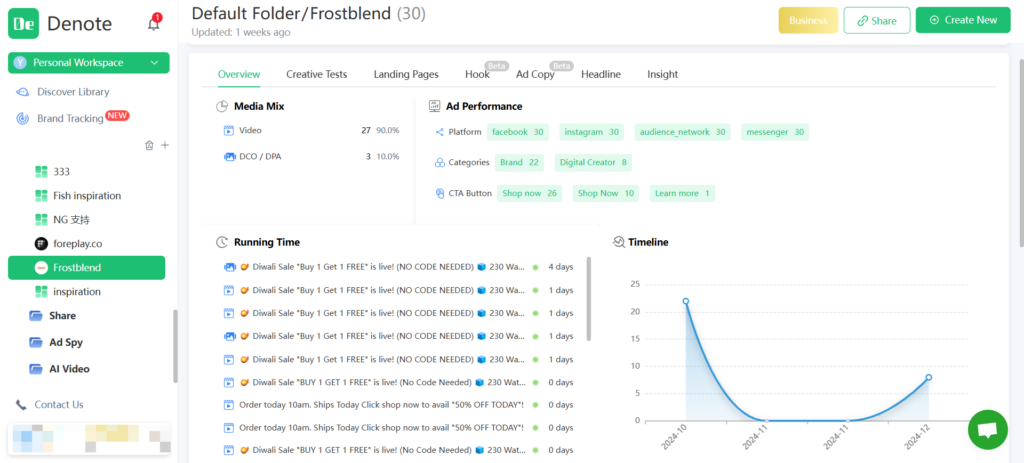
Future Trends in Direct Marketing Solutions
The world of direct marketing solutions evolves at warp speed. Let’s peek into the future:
AI and Automation
Artificial Intelligence is changing direct marketing in positive ways. It helps make marketing smarter, quicker, and more tailored to each person. For example, AI uses tools like chatbots, which are computer programs that can talk to customers and help answer their questions. AI also predicts what customers might like or buy in the future. This way, marketers can use AI to handle routine tasks automatically, like sending emails or sorting data. Because of this, they have more time to think creatively and plan better strategies for reaching their customers.
Hyper-Personalization Strategies
People don't often use "Dear Valued Customer" in marketing anymore. Today, direct marketing tries to be more personal, like having a one-on-one chat. To make this happen, companies use technologies such as machine learning and CRM insights. They also use platforms like Denote to get detailed customer information. These tools allow businesses to create marketing messages that feel very personalized and targeted to individual preferences. This approach marks a shift from traditional methods to a more customized interaction with customers.
Conclusion
Direct marketing solutions play a crucial role in helping businesses connect with their customers. In today's world, capturing people's attention is extremely valuable. Direct marketing involves different methods like sending mail, emails, and text messages to reach customers. It also includes using social media messaging. These tools are designed to ensure businesses can communicate effectively by delivering the right message to the right people at the most opportune time.
